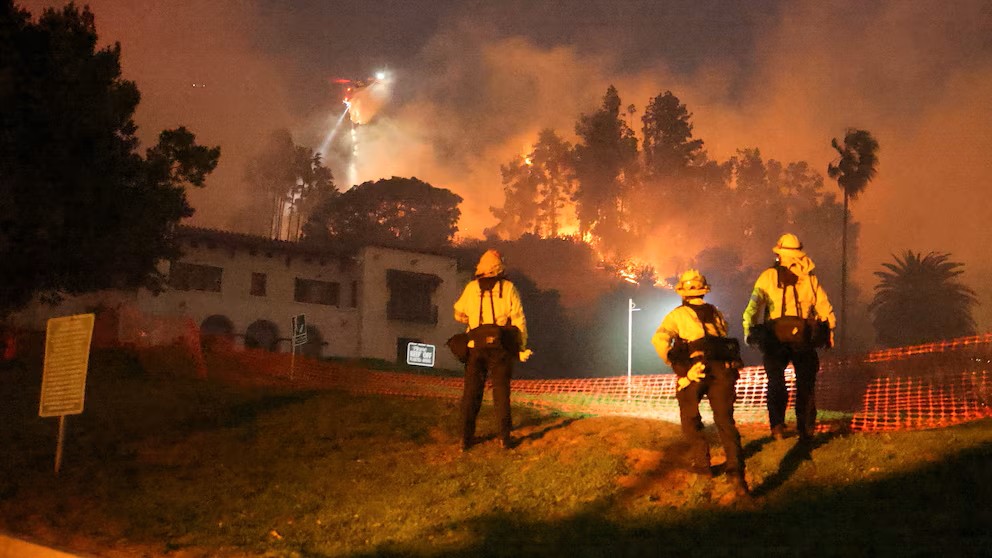In California, the specter of wildfires looms large, and with it comes a burgeoning insurance crisis that has left countless homeowners struggling to secure coverage. For Lynne Levin-Guzman, the crisis hit home when her elderly parents’ fire insurance was canceled after 75 years of uninterrupted coverage. Standing in their Los Angeles County yard with only a garden hose for protection, she lamented the situation, saying, “They wonder why people leave California.”
Her story reflects the plight of many Californians. Between 2020 and 2022, insurance companies declined to renew nearly 2.8 million homeowner policies across the state, including 531,000 in Los Angeles County. While some of these policies were voluntarily discontinued, most were terminated by insurers wary of the increasing risks associated with wildfires. This has left many homeowners without viable options, forcing them to rely on the California FAIR Plan, a state-mandated insurance program designed as a last resort. However, FAIR Plan policies come with significant drawbacks: higher premiums, limited coverage, and the need for supplemental “wrap-around” policies that drive costs even higher.
The demand for FAIR Plan coverage has soared. As of September, its residential exposure stood at $458 billion, up 61% from the previous year and triple what it was four years ago. Similarly, its commercial exposure has nearly doubled to $26.6 billion over the past year, representing a staggering 464% increase since 2019. These figures highlight the growing reliance on the FAIR Plan as private insurers retreat from fire-prone areas.
In response to the escalating crisis, State Insurance Commissioner Ricardo Lara introduced new regulations aimed at encouraging insurers to return to high-risk markets. These changes, however, have sparked controversy. Consumer advocacy groups, including Consumer Watchdog, warn that the new rules could lead to premium increases of 40% to 50%, pricing out many homeowners without ensuring broader coverage availability. Carmen Balber, executive director of Consumer Watchdog, criticized the policy for prioritizing insurer profitability over consumer protection, stating, “The commissioner has granted the insurance industry what it wants. There are so many loopholes and lack of teeth in the rule that homeowners won’t see expanded coverage for a very long time, if at all.”
The insurance industry argues that higher premiums are necessary to offset rising costs driven by inflation, climate risks, and reinsurance expenses. According to Janet Ruiz of the Insurance Information Institute (III), California’s refusal to previously allow reinsurance costs to factor into premiums contributed to the current crisis. While recent wildfire seasons have been less destructive, Ruiz noted that the devastating losses of 2017 and 2018 erased a decade of profits for insurers in the state.
Lara maintains that his regulatory changes will ultimately benefit consumers, allowing many to transition from the FAIR Plan back to private insurance as insurers resume coverage in high-risk areas. He also emphasized the economic challenges driving premium increases, stating, “Inflation is even more of a factor than climate change. The cost for insurance has skyrocketed. This will set premiums fairly for consumers.”
Despite these assurances, critics remain skeptical. Consumer Watchdog contends that the industry’s profitability in California undermines its claims of financial strain. They argue that insurers should be obligated to provide coverage for high-risk properties without resorting to steep rate hikes, asserting that “the insurance industry is not on the verge of catastrophe in California.”
For homeowners, the crisis represents more than just financial strain—it raises questions about the long-term viability of living in fire-prone areas. As wildfires become increasingly frequent and severe, the insurance market’s response will play a critical role in shaping the future of housing and resilience in California. For now, many residents face difficult choices, navigating a complex landscape of rising costs and shrinking coverage options.









